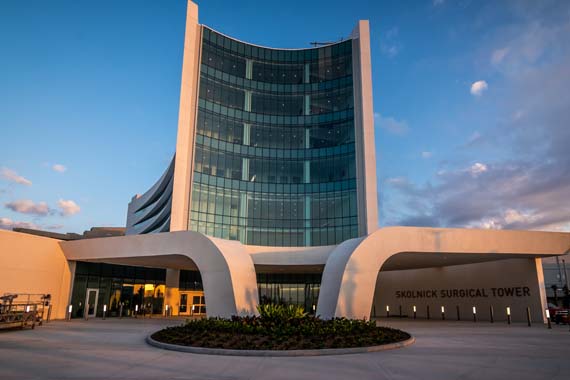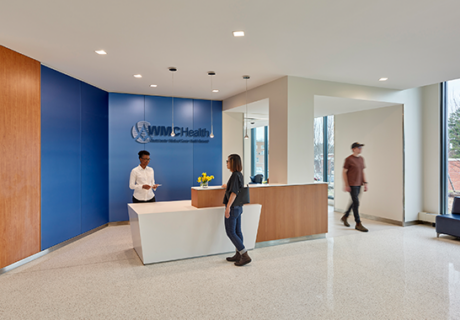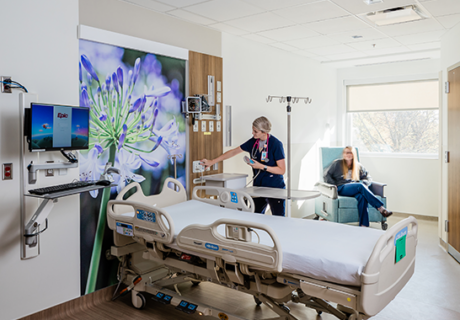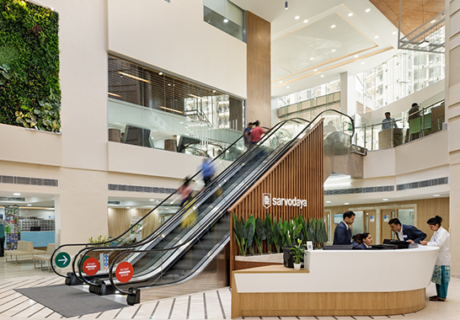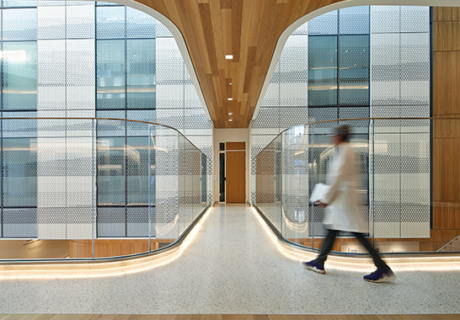When Disaster Strikes: Coastal Considerations
This article is part of an expanded online version of “When Disaster Strikes,” a special report on designing for resiliency and disaster preparedness that was first published in the March 2019 issue of Healthcare Design.
In early February, Mount Sinai Medical Center in Miami Beach, Fla., welcomed the first patients to its new Skolnick Surgical Tower and Hildebrandt Emergency Center. The emergency center spans 35,000 square feet across 50 treatment bays, almost tripling the size of the current facility, while the surgical tower is equipped with 154 patient rooms and 12 ORs.
Given the tower’s unique location on the coastline, the entire facility is designed to embrace flexibility and resiliency, ensuring it will be able to provide access to care for generations to come. In fact, it was a design imperative, as Mount Sinai is the only hospital and emergency services provider located on Miami Beach and the barrier islands, doubling as a safe haven for the community during catastrophic weather events.
To that end, the surgical tower was built to withstand hurricane force winds in excess of 185 mph, 100-year flood water levels, and extended power outages. In fact, the hospital even withstood Hurricane Irma in fall 2017 with no significant damage, even while still in the midst of construction.
Key to the building’s resiliency was ensuring all infrastructure systems—including electricity, gas lines, water, telecommunications, and storm water—were upgraded for redundancy. The project site was also elevated multiple feet to meet Federal Emergency Management Association flood level standards, which proves helpful during high tides and the especially high king tides, which can occur during new or full moons.
Other resilient design features include locating critical patient care units on upper floors to avoid flooding, an emergency command center for the City of Miami Beach on the second floor, and an emergency department ambulance canopy that can accommodate an influx of emergency vehicles during natural or any other type of disaster.—Natalie Petzoldt, principal, CannonDesign (St. Louis)
To read the full special report, “When Disaster Strikes,” go here.


